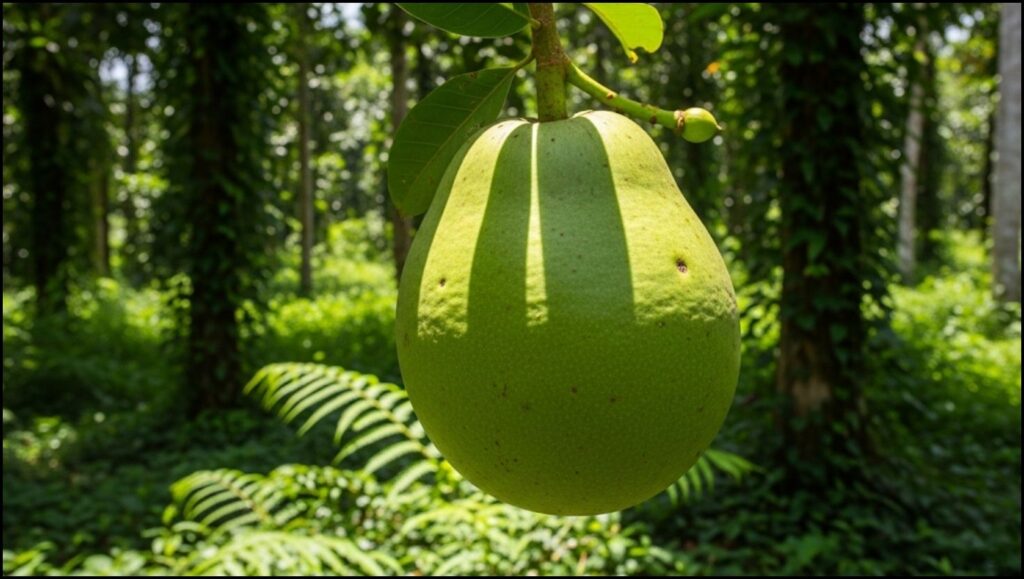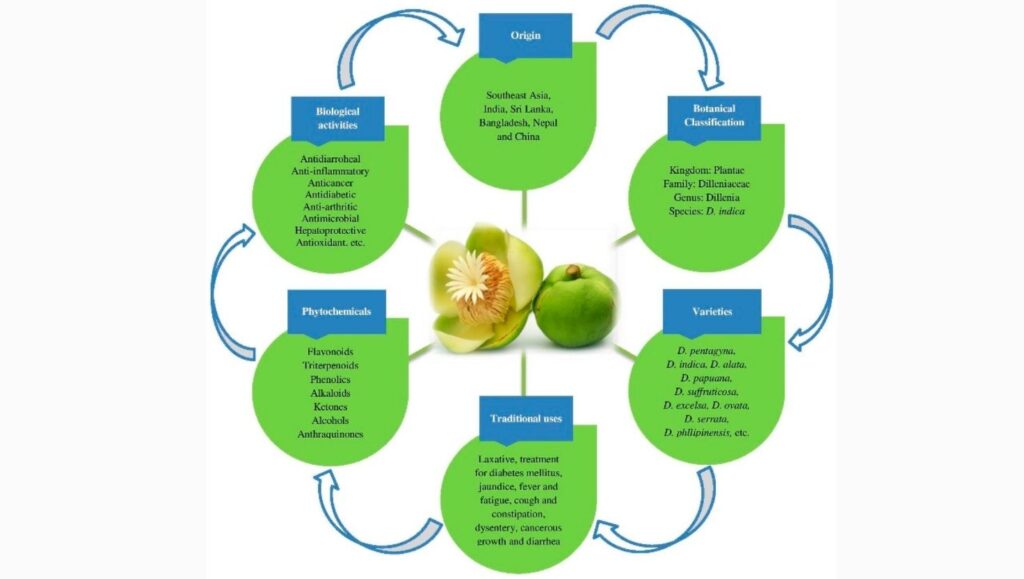While it may not command the global attention of mangoes or bananas, the elephant apple is a cornerstone of local economies and ecosystems across South Asia, with India standing as its undisputed leading source. As the top producer of elephant apple, India’s relationship with this unique fruit—known botanically as Dillenia indica—is a complex story of culinary tradition, ecological significance, and a growing debate over sustainable harvesting versus formal cultivation.

The fruit, native to the humid subtropical forests of Southeast Asia, finds its most significant foothold in the Indian states of Assam, West Bengal, Odisha, and Bihar. Though precise, large-scale production figures are difficult to obtain due to its prevalence in informal markets and wild harvesting, regional agricultural reports and botanical surveys consistently point to India’s overwhelming dominance in both consumption and supply.
Understanding India’s Position as Top Producer of Elephant Apple
India’s leadership in the elephant apple sphere is less a result of intensive farming and more a consequence of its vast, suitable natural habitat. The Dillenia indica tree thrives in the moist, alluvial soils of riverbanks and swampy areas common in the country’s eastern and northeastern states.
“The prevalence of elephant apple, or ‘chalta’ as it’s locally known, in states like Assam and West Bengal is deeply tied to the region’s natural topography,” said Dr. Arindam Ghosh, an ethnobotanist who has studied the region’s flora. “It is an integral part of the forest ecosystem and, by extension, the rural culture and economy that has developed alongside it for centuries.”
This natural abundance has made the fruit a readily available resource for millions. It is primarily harvested from wild or semi-wild trees growing in forests, community lands, and home gardens rather than organized orchards. This method of collection distinguishes it from commercially farmed fruits and presents unique challenges for regulation and sustainability.
The Cultural and Economic Importance of ‘Chalta Fruit’
In India, the elephant apple is cherished for its sour and aromatic flavor, making it a key ingredient in a variety of traditional dishes. The fruit’s fleshy sepals are the primary edible part, used to make pickles, chutneys, curries, and sour dal. This culinary demand for what is widely called the “chalta fruit” drives a vibrant, albeit localized, economic cycle.
During the post-monsoon season, from October to November, local markets teem with women selling the harvested fruit, providing a crucial source of supplementary income for many rural families. A 2022 study published in the Indian Journal of Traditional Knowledge noted that the value chain, though informal, supports harvesters, small-scale processors, and local vendors across eastern India.
Beyond its culinary uses, Dillenia indica holds a place in traditional medicine. The fruit’s pulp and juice are often used to treat digestive ailments and fever, according to ethnobotanical research conducted by institutions like the Indian Council of Agricultural Research (ICAR).
A Keystone Species Facing New Pressures
The fruit’s common name, “elephant apple,” is derived from the fact that it is a favorite food for Asian elephants. Elephants play a vital role in the tree’s propagation by consuming the fruit and dispersing its seeds through their dung. This symbiotic relationship makes Dillenia indica a keystone species in its habitat, crucial for forest regeneration and wildlife sustenance.
However, this reliance on wild harvesting has raised conservation concerns. Increasing demand and habitat degradation are putting pressure on wild populations. Recognizing this, some state governments have implemented regulations. In 2006, the government of Assam restricted the collection and sale of elephant apple from forest areas to protect the natural food source for wildlife, a move that highlighted the tension between human livelihood and conservation.
“The challenge is to find a balance,” Dr. Ghosh noted. “Banning collection can harm the livelihoods of communities dependent on this resource, but unregulated harvesting threatens the species and the animals that rely on it. The logical next step is a focused push towards sustainable elephant apple cultivation.”

The Future: From Wild Harvest to Sustainable Farming
Agricultural scientists and policymakers are increasingly advocating for the development of standardized agro techniques for Dillenia indica. Transitioning from foraging to structured farming would not only ensure a consistent supply but also ease the pressure on wild forest ecosystems. Institutions like Assam Agricultural University are researching propagation methods and best practices for creating elephant apple orchards. This includes selecting high-yield varieties and developing protocols for planting, irrigation, and pest management.
“Formalizing ‘elephant apple cultivation’ can create a more stable and lucrative market for farmers,” a recent policy brief from a regional agricultural consortium stated. “It offers a path to improve rural economies while simultaneously aiding conservation efforts by reducing the need to extract from protected forest areas.”
As the global appetite for new and exotic flavors grows, the humble elephant apple may yet find a wider audience. For India, nurturing this resource through sustainable practices will be key to maintaining its status as the fruit’s foremost provider while preserving the delicate ecological balance it represents.
Asia Dominates Global Rice Milk Market Amid Surging Plant-Based Demand
